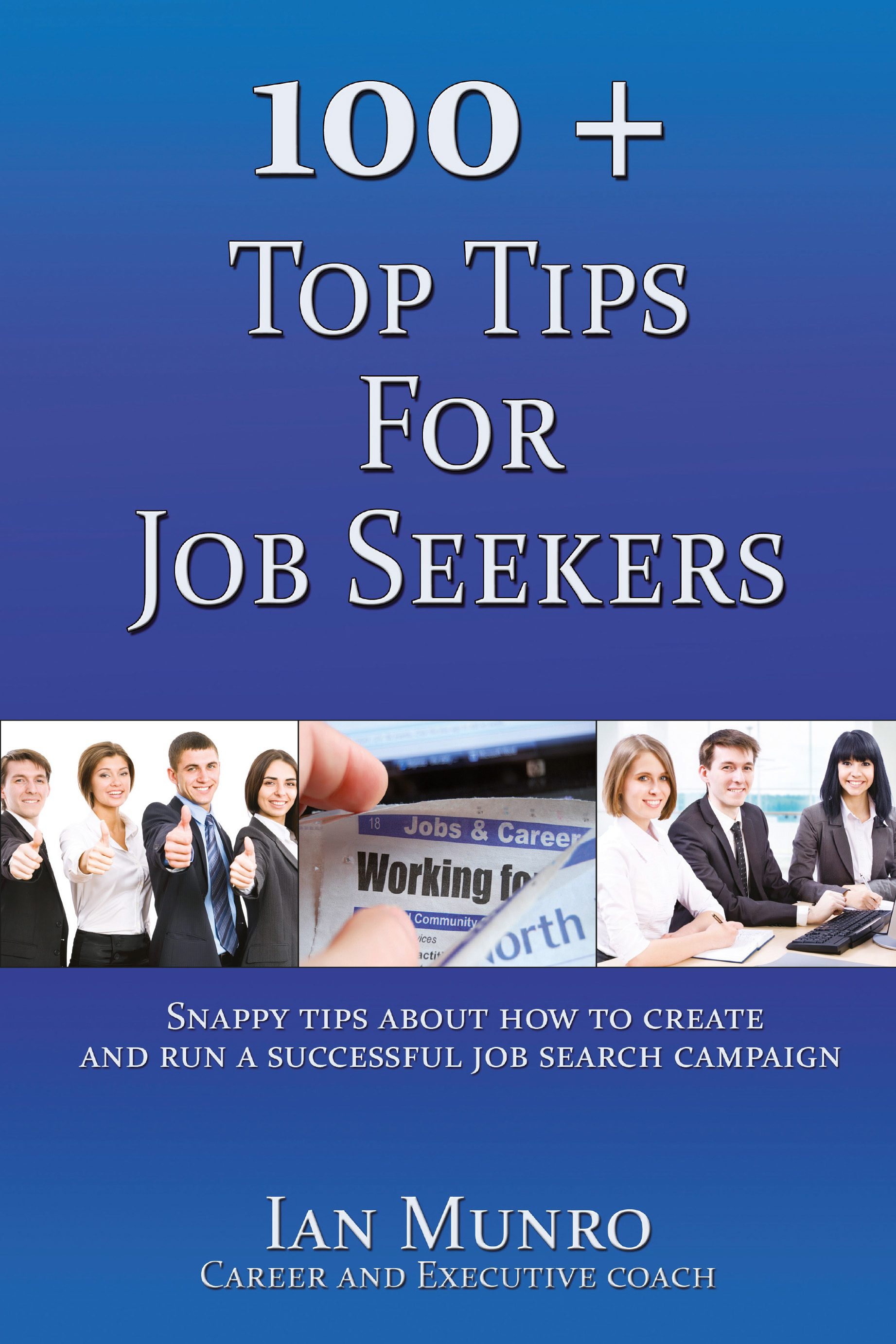"Creating a Diverse and Inclusive Workforce: Strategies for Employers" Fundamentals Explained

The Impact of Unconscious Bias on Hiring Strategies and How to Beat It
In today's globalized world, business need to possess a diverse workforce that shows the areas they serve. However, despite initiatives to increase diversity, numerous associations still battle with subconscious bias in their tapping the services of techniques. Subconscious bias refers to the perspectives and fashions that determine our decision-making without us even understanding it. These biases may considerably affect working with choices and restrict variety within companies. In this post, we are going to look into the effect of subconscious bias on hiring methods and deliver some pointers for beating it.
The Impact of Unconscious Bias on Hiring Techniques
Unconscious predisposition may possess a substantial impact on working with selections in a number of methods:
1. Limited Candidate Pool: One of the very most usual biases is fondness prejudice - where people have a tendency to tap the services of people who are similar to themselves or those they feel comfortable with. This kind of predisposition can easily lead in a restricted applicant pool that does not show the diversity of the area.
2. Stereotyping: The halo impact is an additional kind of predisposition where people usually tend to suppose that if someone has one beneficial characteristic or skill, they need to be great at everything else too. In a similar way, verification predisposition leads us to look for proof that validates our pre-existing views concerning someone rather than being open-minded.
3. Bias: Subconscious predispositions may also lead to bias versus certain teams located on aspects such as age, sex, race, faith or sex-related orientation.
Getting over Unconscious Bias in Hiring Practices
1. Awareness: The first action towards overcoming subconscious predisposition is realizing it exists and coming to be aware of your very own biases as well as those found within your company.
2. Training: Associations should deliver instruction for all workers included in the employing procedure including employers, job interviewers and decision-makers on how to identify and overcome subconscious predispositions.
3. Objective Criteria: Making use of unprejudiced standards such as skills analysis examinations or standardized interview inquiries can easily aid deal with individual judgments located on biases.
4. Unique Interview Panels: Possessing a unique meeting door can easily provide various point of views and decrease the influence of biases through guaranteeing that tapping the services of choices are created located on value instead than individual inclinations.
5. Careless Resumes: Taking out identifying info such as titles, gender and nationality coming from resumes during the initial screening process method may help deal with prejudices based on these variables.
6. Data Analysis: On a regular basis examining data on working with methods such as candidate demographics, meeting comments and turn over costs can aid recognize regions where prejudices may be current and enable for corrective action to be taken.

Verdict
Unconscious prejudice is a significant difficulty that companies should conquered to generate a diverse workforce that reflects the neighborhoods they offer. By identifying Official Info Here and taking measures to eliminated it by means of instruction, unprejudiced standards, diverse interview doors, careless resumes and record evaluation, providers can increase their possibilities of producing reasonable and impartial hiring decisions that benefit everyone entailed.
